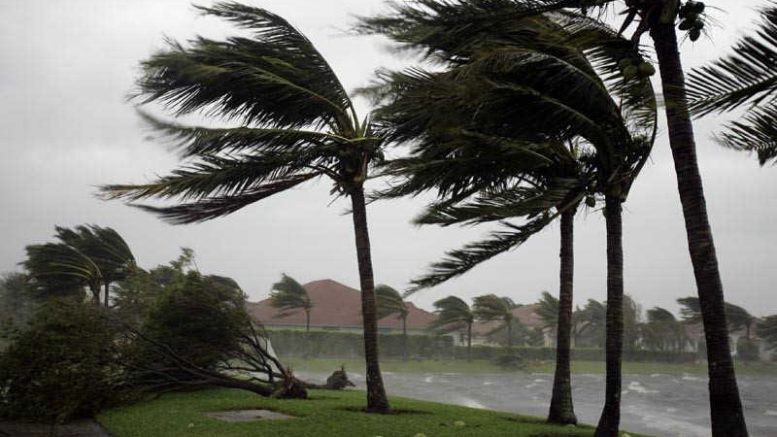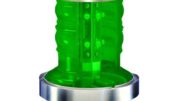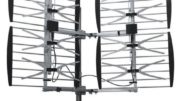I’ve said it many times on this blog. If you want to get into the world of antennas, you need to understand that it is as much an art as a science. You start with all the technical stuff, and that gives you a good basis for choosing and aiming an antenna. Then, the real world takes over and sometimes you just have to go with the flow.
Going with the flow doesn’t mean ignoring all the science, but it does mean that all the planning in the world will only take you so far. There is so much in the real world of antennas that can change due to very tiny forces, and you have to adapt.
Looking at part of the science
f you’ve hung around antennas or satellite systems, you might have heard the term wind load. Put simply, this term describes how much wind affects something. It’s a combination of how much wind you have, how much drag the object has, and how big it is. There’s a lot of science here, but here’s the basics of it:
Wind Pressure (P)
Wind Pressure is a measurement that equates to wind speed. You take wind speed in MPH and multiply it by itself (in other words square it) then multiply that by .00256.
Coefficient of Drag (Cd)
Coefficient of Drag is a measurement that tells you how easily something slips through the air. You’re probably familiar with this measurement in cars, and it’s something you need a wind tunnel to measure. A water droplet has a drag coefficient of .4, while a 2×4 with the flat size facing the wind has a drag coefficient of about 1.6.
Area (A)
Area is just “how big it is.” Drag coefficient is the same for anything that is the same shape, in other words a model car has the same drag coefficient as a real car. But in the real world, wind affects big things more than small things. Area is measured in square feet, just multiple the measurement of one side in feet by the measurement of the other side in feet.
Putting all of that together to calculate wind load
Add that all together and you get
F (wind load) = A (area) x P (pressure) x Cd (drag coefficient.)
Why do you care about all of this? Chances are you’ll never have to worry about it at home unless you live somewhere really really windy, but if you design antennas you really need to know this stuff. It tells you what will stand up and what will blow down. As things get bigger, they’re affected by wind and in the case of skyscrapers, wind load can be a bigger factor than gravity. A dish has a bigger wind load than an antenna, because it has that big reflector. A new-design UHF antenna has a bigger wind load than an old-school VHF one, for the same reason.
Whenever possible, Solid Signal publishes wind load data for our antennas. Unfortunately, the majority of antenna makers don’t test for wind load because it would require wind tunnel testing. They tend to fall back on the idea that all of these antennas are sturdy enough in an average wind. If you’re in the middle of a hurricane, your antenna is probably the last thing you need to worry about. That may not be science, but it’s common sense.
Shop for the best antennas at Solid Signal
Solid Signal has the best selection of antennas, no matter whether you’re in the middle of a city or way out in the sticks. Take a look at our antennas, and if you need help choosing one, call us! We have trained antenna technicians in our Detroit-area corporate offices. We’ll help you get the right antenna and accessories for your specific need. Give us a try! Call 888-233-7563 or fill out the form below.





